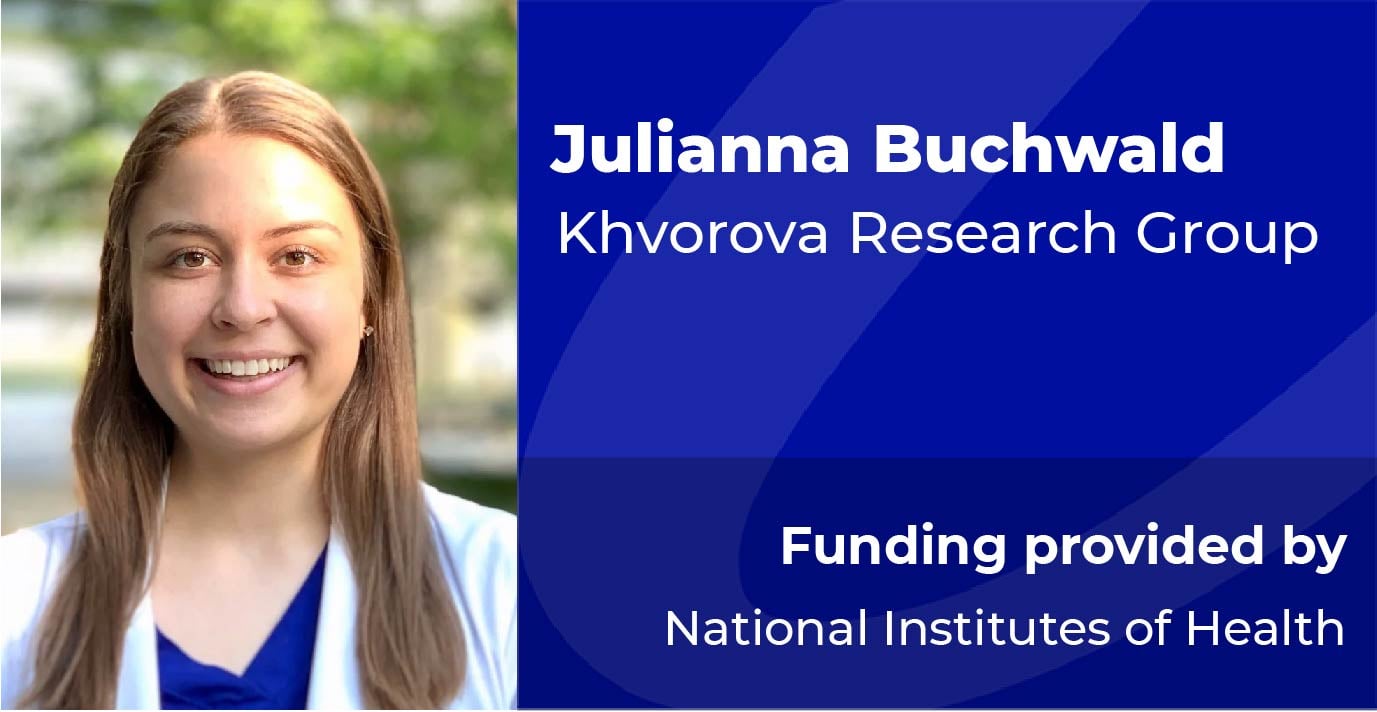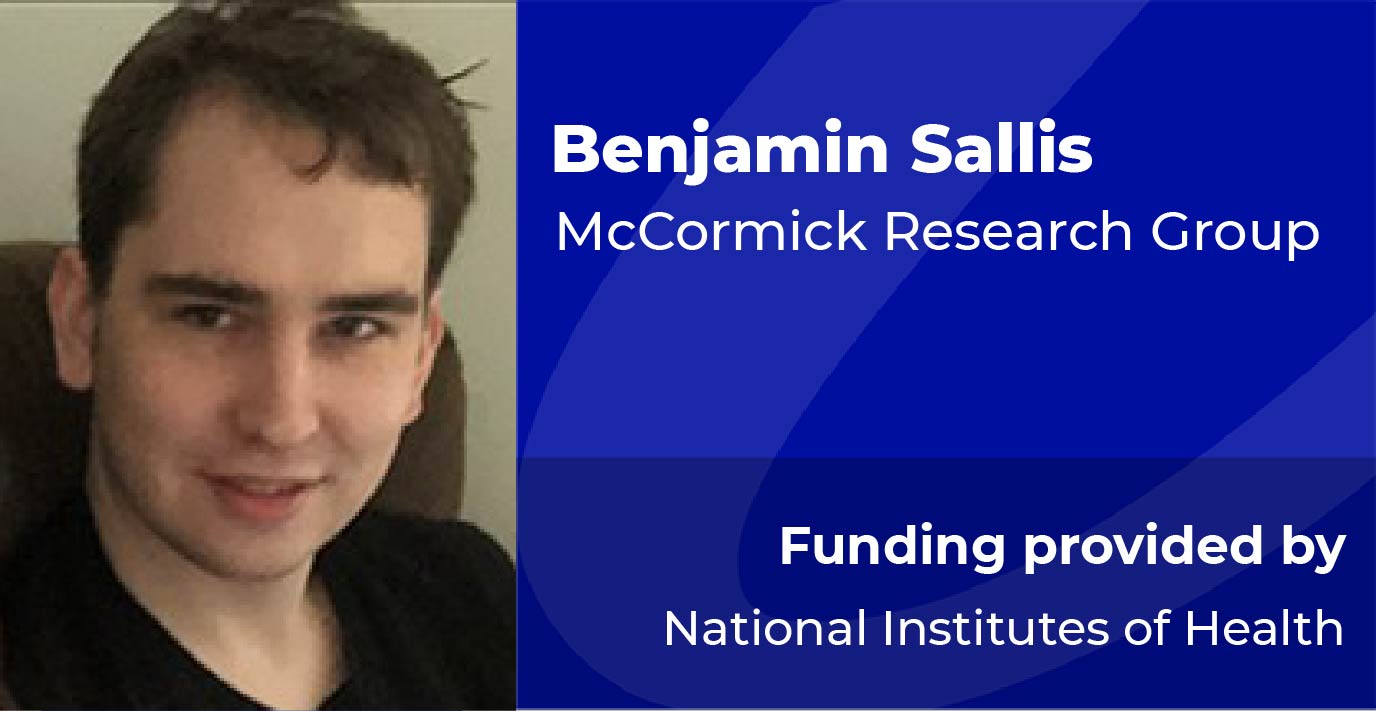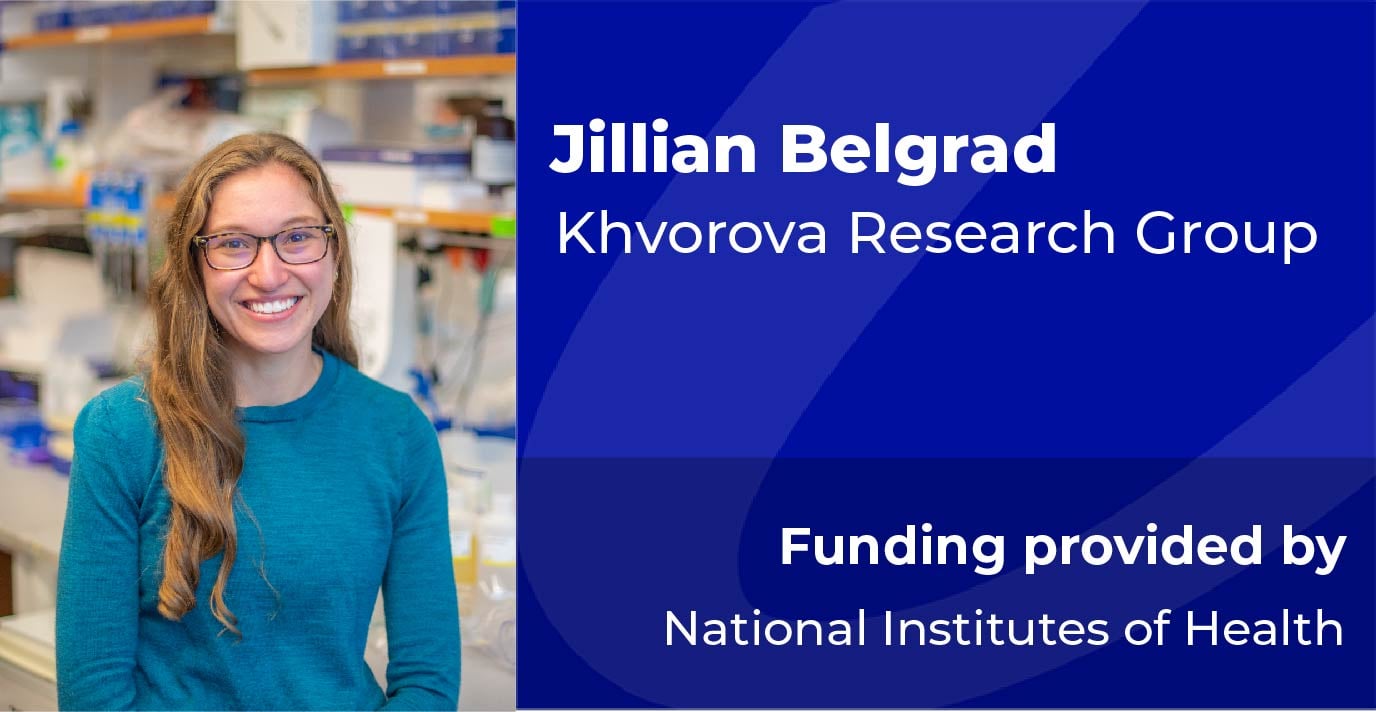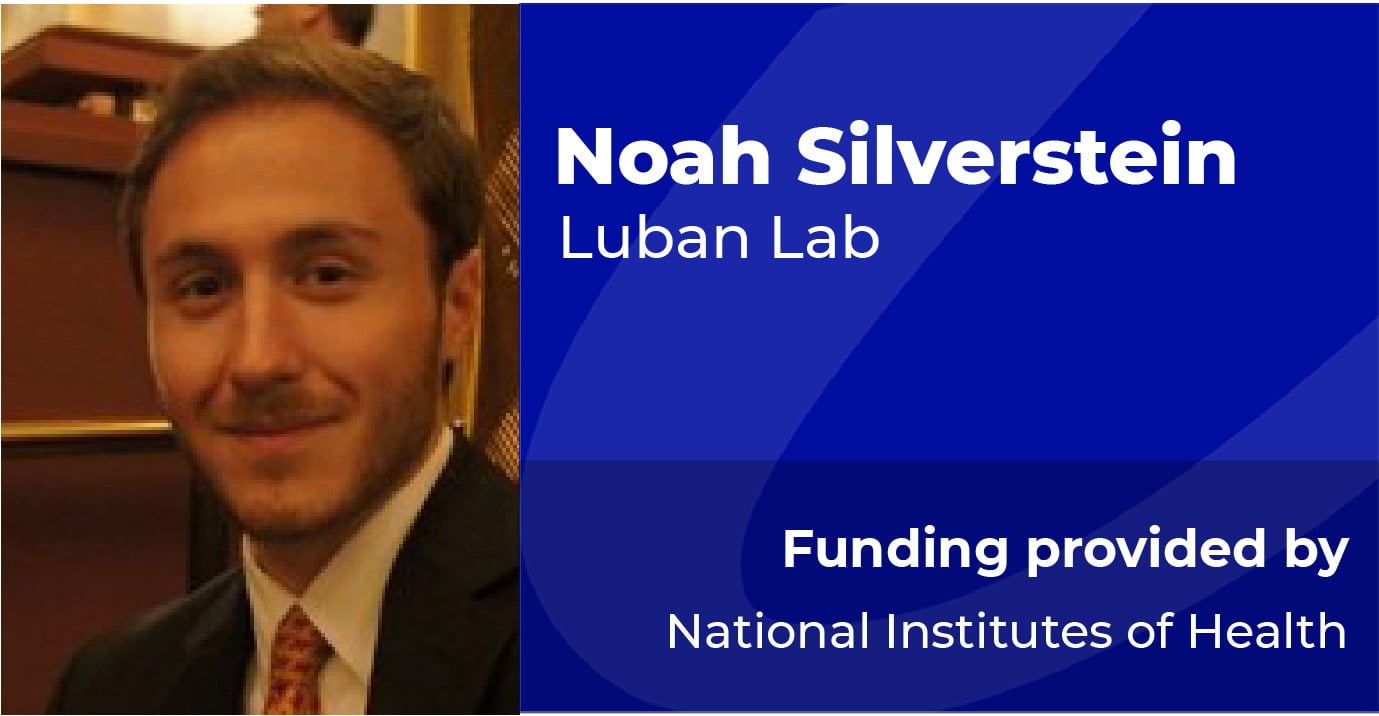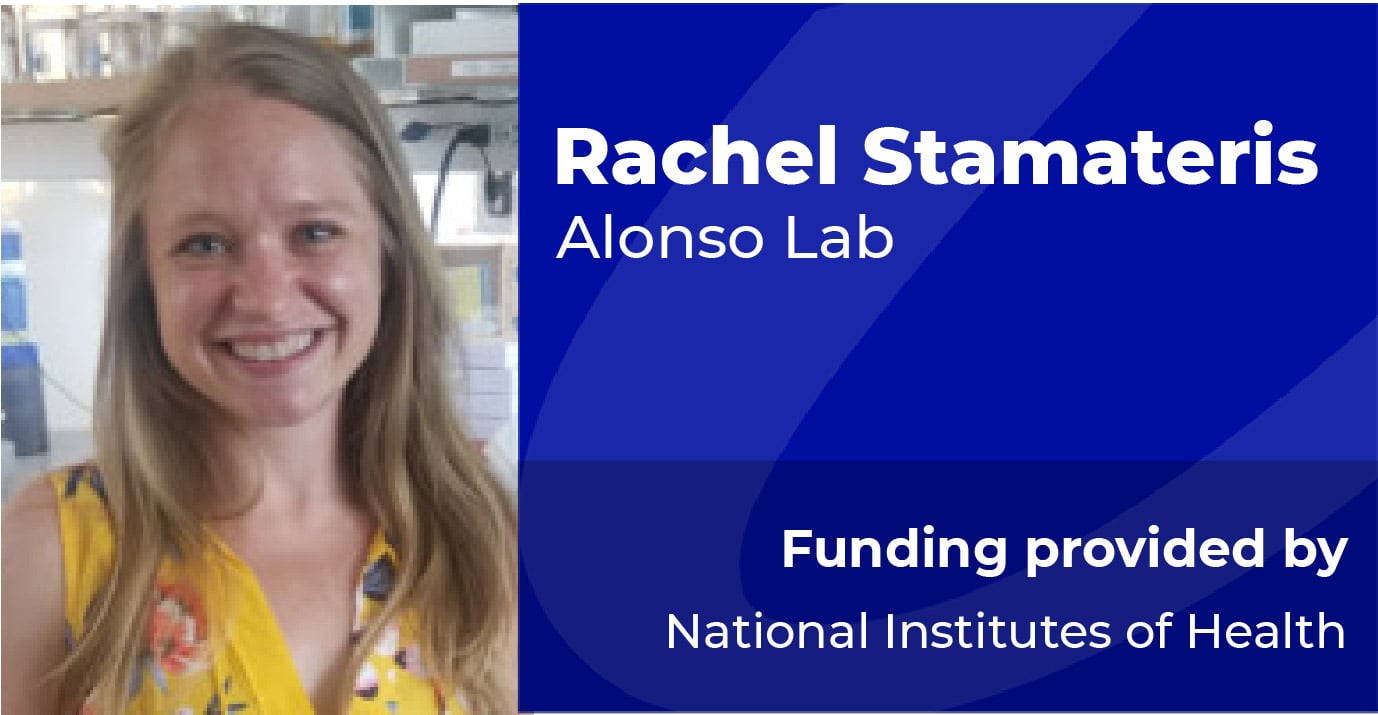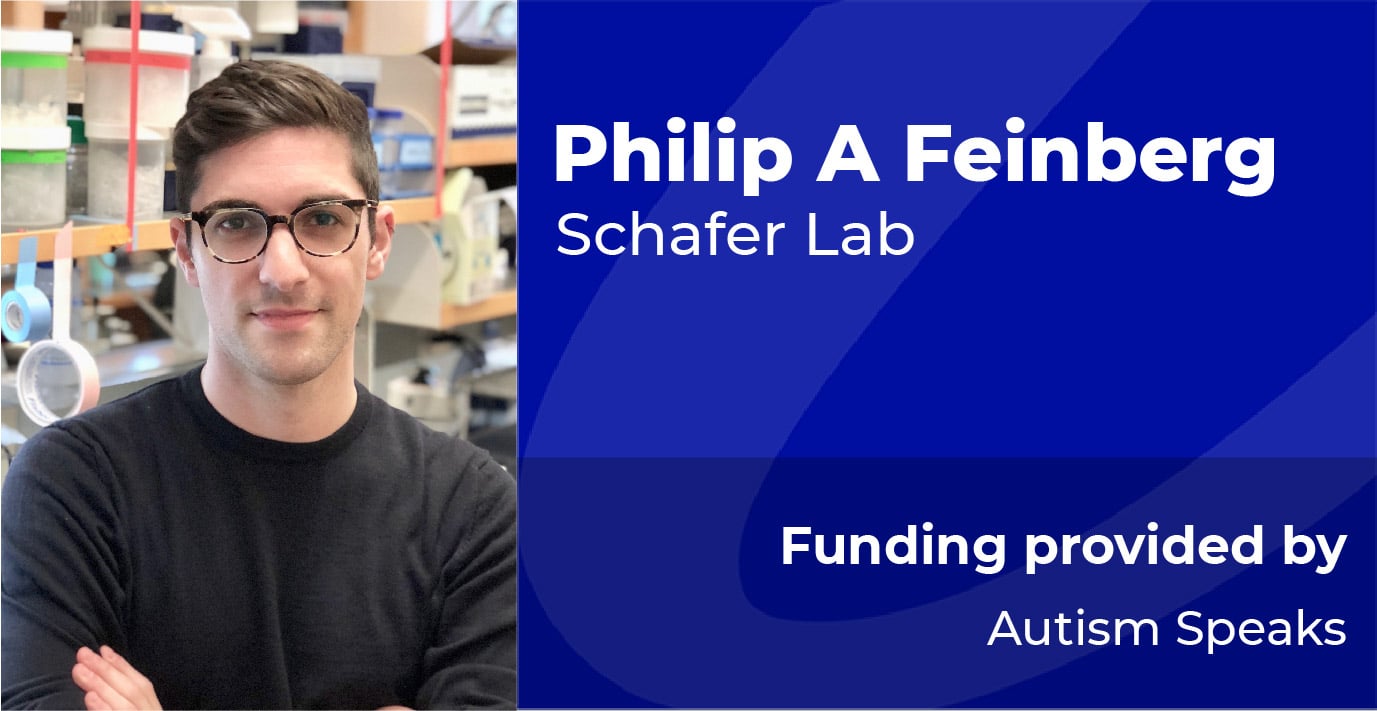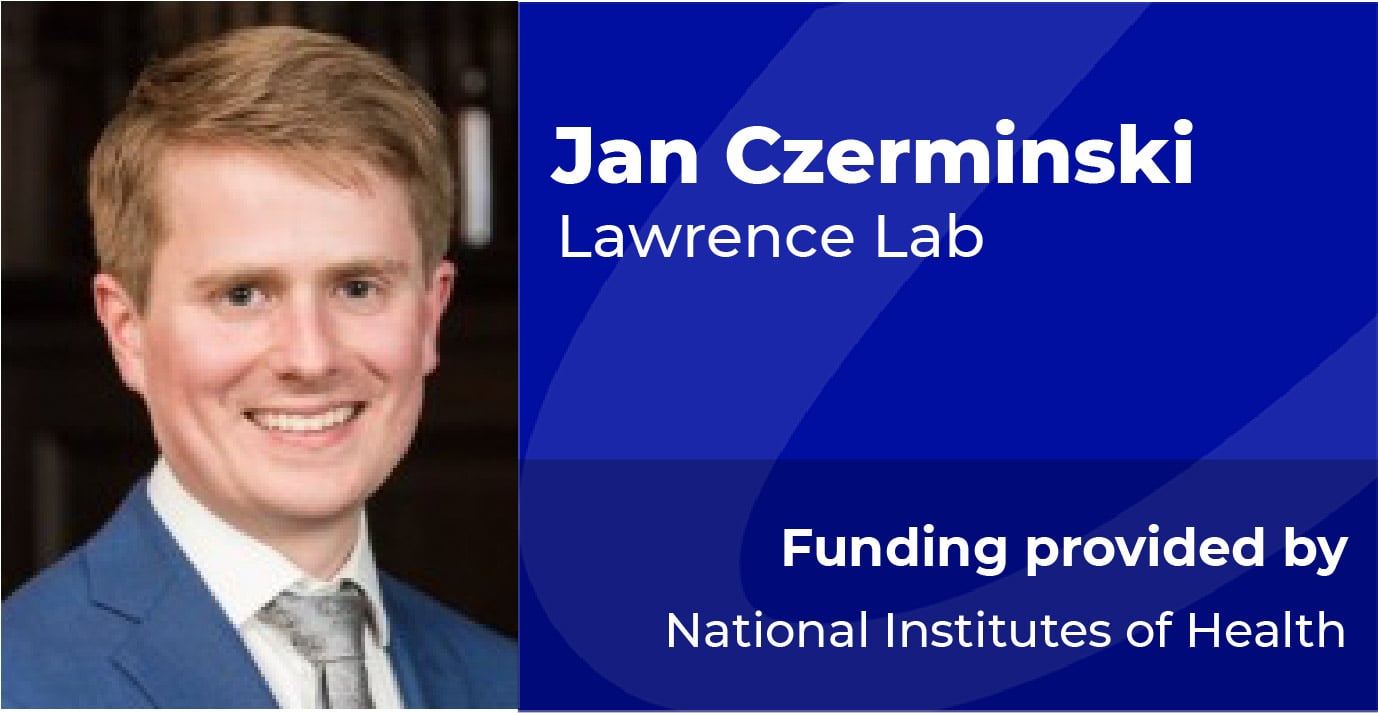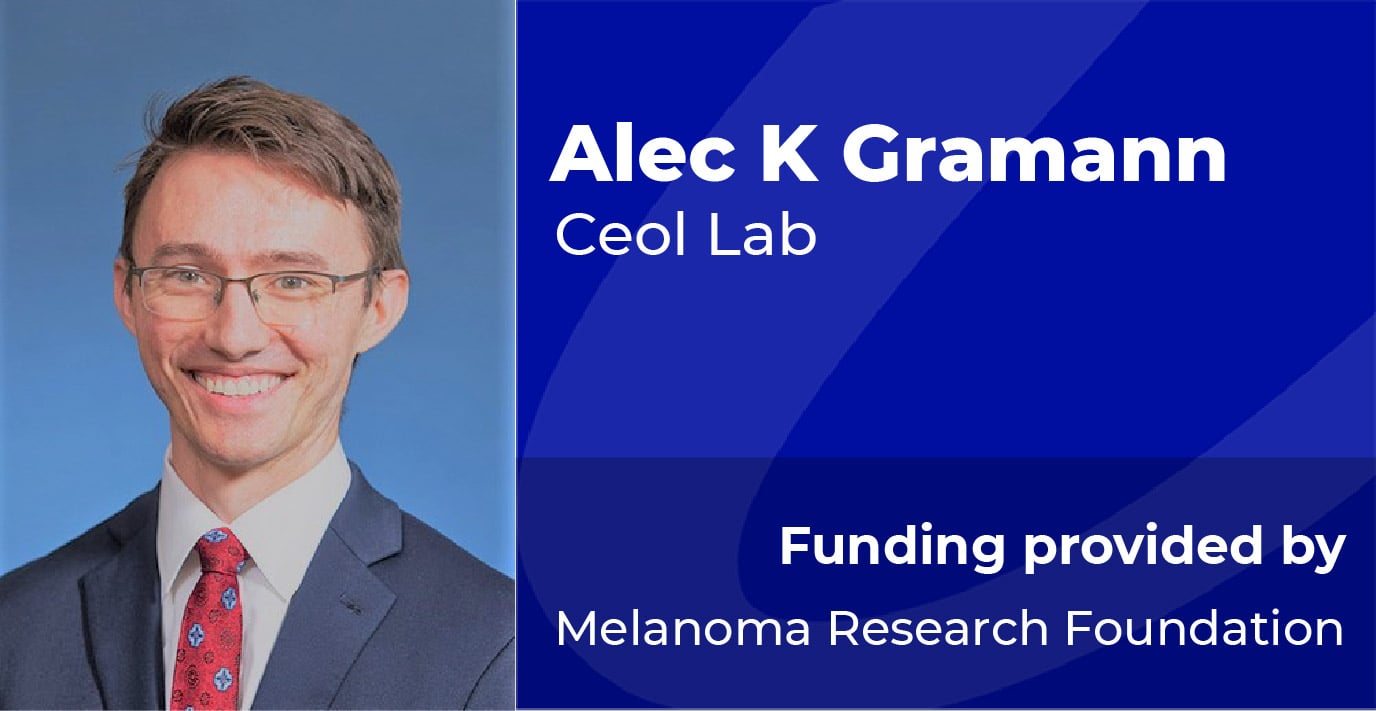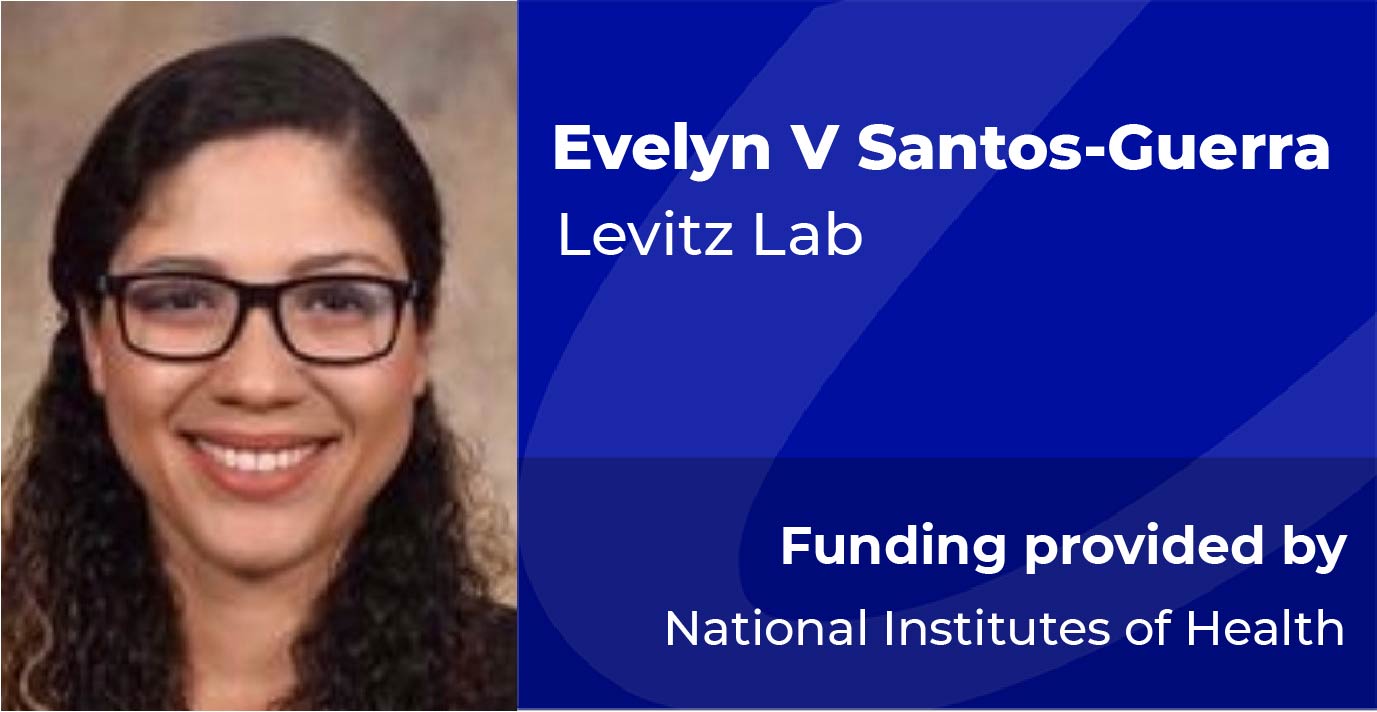Liver transplantation is the only cure for liver failure, but many patients die waiting for a transplant due to a vast shortage of donor livers. Insufficient donor supply is further diminished by ischemia-reperfusion injury (IRI) during procurement and preservation of liver grafts. IRI-damaged grafts must be discarded because they are dysfunctional following implantation into recipients, causing patient death. Mitigating IRI is critically needed to increase the number of viable donor livers and improve patient survival. The IRI mechanism involves several pathways. After ischemic insult facilitates cellular injury, reperfusion triggers oxidative stress and innate immune pathways that converge to activate apoptosis, the major cell death mechanism in liver IRI. Hepatocyte apoptosis in IRI is mediated by Fas receptor (Fas), and leads to necrosis and inflammation, which cause liver dysfunction. In rats, Fas reduction prior to ischemia reduces liver damage. It may be possible to mitigate IRI-induced liver dysfunction by silencing hepatocyte-specific Fas during the transplantation process. The goal of this proposal is to use small interfering RNA (siRNA) to inhibit IRI and improve quality of liver grafts for transplantation. Chemically-modified siRNAs enable potent, sequence-specific silencing of any target gene in vivo. Modified siRNAs are delivered to hepatocytes when conjugated with N-acetylgalactosamine (GalNAc). GalNAc-siRNA technology is the basis of numerous FDA-approved liver disease drugs. With guidance from Drs. Anastasia Khvorova (siRNA), Paulo Martins (liver transplant), Athma Pai (RNA seq), Gyongyi Szabo (liver IRI), Jacob Bledsoe (liver pathology), and Matthew Gounis (in vivo imaging), this project will develop in vivo and ex vivo approaches using previously-validated GalNAc-siRNA targeting Fas to inhibit IRI and protect liver function. Aim 1 will determine how silencing Fas prior to ischemia perturbs IRI pathways (Aim 1.1), and explore if silencing Fas in combination with other mediators confers greater protection against liver damage (Aim 1.2). GalNAc- siRNAs targeting Fas, alone, or in combination with validated oxidative stress (Hmgb1) and inflammation (Tnfr1) mediators, will be injected into rats, and IRI will be induced using a liver clamp model. Post-reperfusion, target gene expression, liver damage, and IRI transcriptome changes will be assessed. Aim 2 will determine how silencing Fas in liver grafts (ex vivo) affects transplant outcomes in rats. Delivering siRNA during ex vivo preservation, by either static cold storage (SCS) or machine perfusion (MP), leads to uptake into liver grafts. Rat livers will be procured and GalNAc-siRNA targeting Fas will be delivered during SCS or MP. GalNAc-siRNA uptake, Fas expression, and IRI transcriptome changes will be assessed over 24 hours. This experiment will then be repeated, preserving grafts for maximal GalNAc-siRNA uptake/efficacy, transplanting grafts into rats, and measuring liver damage/function and recipient survival. Study findings will characterize how Fas silencing pre- and post-ischemia affects liver IRI pathways, identify in vivo and ex vivo approaches for maximal IRI inhibition, and help develop therapies that increase the donor pool and improve patient survival.
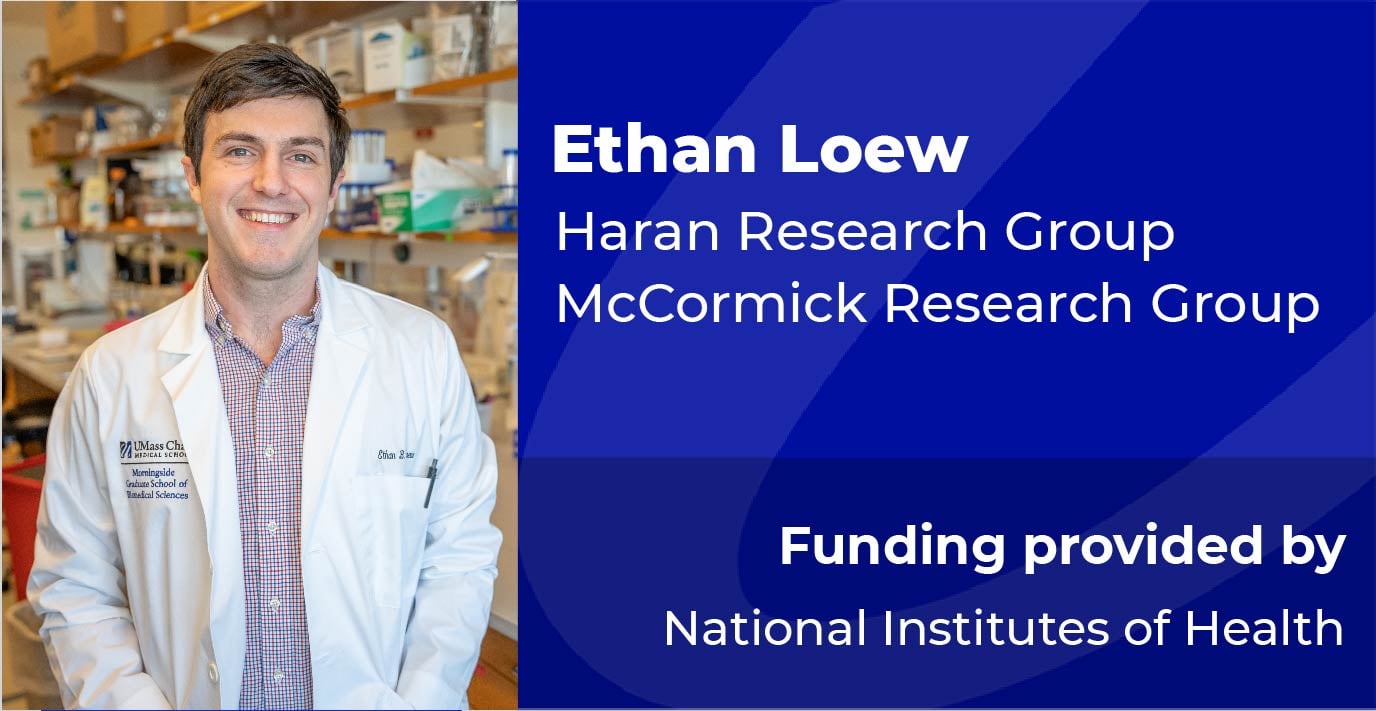 Read more
Read more

